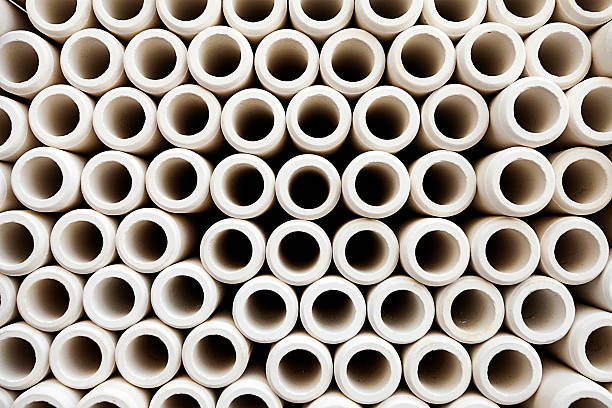What are the best materials for a vaporizer?

Here Are The Best Heating Elements You Should Look For:
Not all dry herb vaporizers are created equal.
Every vaper should keep this in mind when shopping for a vaporizer, whether it’s their first foray into vaping or someone looking to upgrade to a better vaporizer.
The quality and safety of dry herb vaporizers is primarily the result of the technology and materials used during its manufacture, specifically the material used in its heating element. The heating element is the core of every vaporizer and primarily dictates the overall vaping experience a vaporizer has to offer. It also determines how safe a vaporizer is.
There have been a lot of debates within the vaping community as to which heating element materials are best in class and offer the highest level of safety.
Here’s a rundown of what experts, critics, and “everyday vapers” are saying on what they think are the best and safest vaporizer heating materials that vaping enthusiasts should look out for:
The Top Pick: Ceramic
Ceramic is inert - it is this quality that makes ceramic heating elements a top favorite among vapers.
This means that ceramic heating elements, such as ceramic heating chambers found in dry herb vaporizers, won’t chemically interact with the herbs during vaporization process. This results in pure, unaltered flavors as opposed to the weird taste that some heating elements infuse into the vapor.
Aside from this, there are certain qualities of the ceramic heating element that make it a top pick among the vaping community:
A word to the wise: Vapers shopping for ceramic dry herb vaporizers should be wary of cheap ceramic products that are extremely porous and fragile. Dry herb vaporizers such as Airvape X and Airvape XS follow strict production guidelines and only use the highest grade materials.
Honorable Mentions
While the ceramic heating element is the top favorite in the vaping community, there are also other heating materials that are used in vaporizers:
Oftentimes, special features such as remote controls and digital displays draw vape shoppers. However, like any good piece of tech, it’s what is inside that is most important. With vaporizers, it’s the heating element.
AirVape sells only the highest quality vaporizers and vape accessories. Check out our newest model, the AirVape X. It’s the most advanced, easy to use vape pen on the market today. Feel free to post any questions or comments about your vaporizer experiences!


